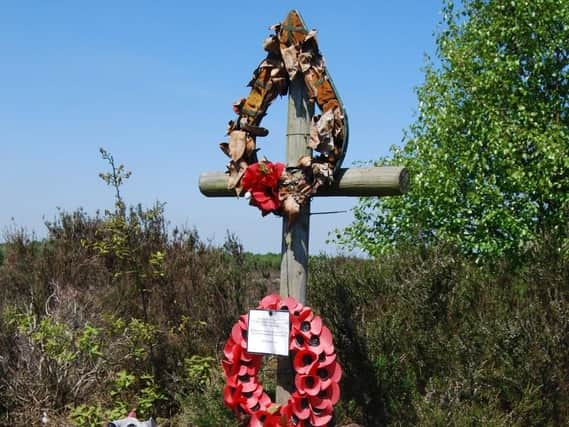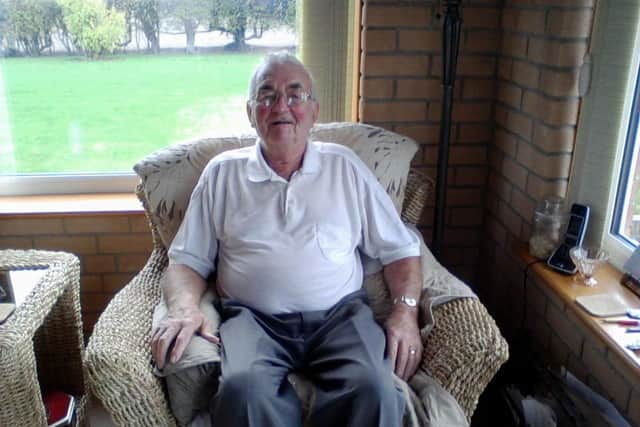Preserving the heritage of the Isle of Axholme


The Isle of Axholme and Hatfield Chase Landscape Partnership has been collecting oral histories and reminiscences for its Lost Landscape of Heroes project, but are urging more people to come forward with their stories of the Isle's past.
As part of the Lost Landscape of Heroes project, a series of oral history interview sessions are being organised over the autumn to capture first-hand memories of people across the Isle of Axholme.


Advertisement
Hide AdAdvertisement
Hide AdProject manager, Chris Percy, said: 'This often fascinating aspect of the project ensures that these memories can be recorded for the future. They also help to piece together the unfolding story of the Isle through two World Wars and the Cold war. It is hoped that not only will they provide an insight into personal experiences, but also provide further background to the many visible and '˜lost' locations dating from the 20th century.'
Project volunteer David Williams of Epworth has started the oral history series. In late October he interviewed Wilf Boothman, 88, of Owston Ferry, and said: 'I made an appointment on a cold Saturday morning in October to record a memory about a crashed Lancaster in Owston Ferry.'
He added: 'The respondent, Wilf Boothman, was a young boy at the time. He described the event and a possible reason as to why the crash happened in Owston Ferry and not nearer to an active airfield. A birthday party had been taking place near a decoy airfield. Just before the aircraft crashed, Wilf suspected the aircraft may have seen the door of the house opening and closing and mistook this as a landing light or signal.'
The interview lasted about one hour. A further series of interview session will be carried out between October and December by trained project volunteers.  If you would like to be involved contact: project manager Chris Percy ([email protected]) or archaeology & heritage officer, Laura Smith-Higgns ([email protected]) and an interview can be arranged.